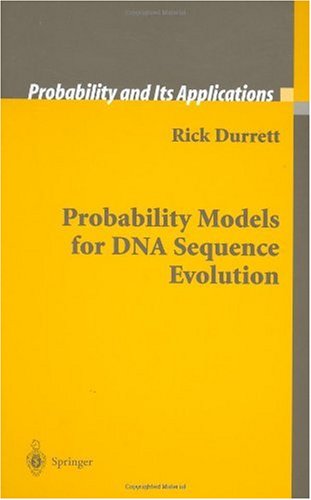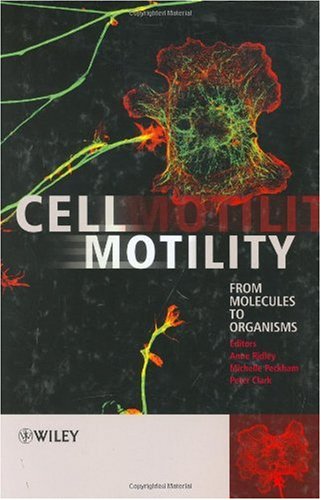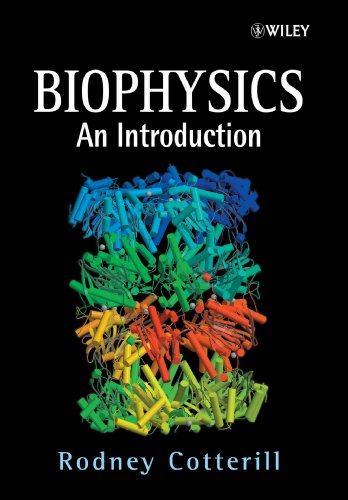Rick Durrett038795435X, 9780387954356
Throughout the book, the theory is developed in close connection with data from more than 60 experimental studies from the biology literature that illustrate the use of these results. This book is written for mathematicians and for biologists alike. We assume no previous knowledge of concepts from biology and only a basic knowledge of probability: a one semester undergraduate course and some familiarity with Markov chains and Poisson processes.
Rick Durrett received his Ph.D. in operations research from Stanford University in 1976. He taught in the UCLA mathematics department before coming to Cornell in 1985. He is the author of six books and 125 research papers, and is the academic father of more than 30 Ph.D. students. His current interests are the use of probability models in genetics and ecology, and decreasing the mean and variance of his golf score.







Reviews
There are no reviews yet.